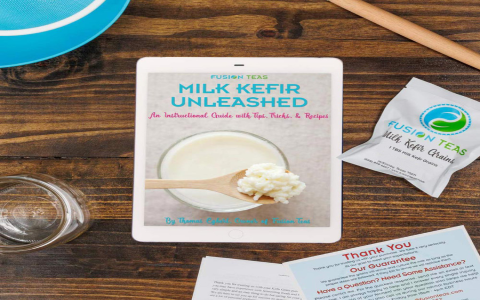Okay, so today I wanna talk about something I’ve been messing with in the kitchen lately – kefir. It’s this fermented drink, kinda like yogurt but not exactly. It’s a bit tangy and super good for you, packed with all those good bacteria.
First off, I got my hands on some kefir grains. You can find them online, or maybe a friend who’s into this stuff can hook you up. They look like these weird, tiny cauliflower florets. These little guys are the key to the whole operation.
Getting Started

- I put the kefir grains in a clean glass jar. Like, a mason jar works great.
- Then, I poured some fresh milk over the grains. Whole milk is what I used, but I guess you can use other kinds too.
- I didn’t fill the jar all the way to the top, left some space.
Fermenting
- Covered the jar with a cheesecloth or a coffee filter, secured it with a rubber band. You don’t want any fruit flies or dust getting in there.
- I let it sit on the counter at room temperature. This is where the magic happens, the fermentation. It took about 24 hours, but you gotta keep an eye on it.
Checking the Progress
- After a day, I checked on my kefir. It started to thicken up, kinda like thin yogurt. And it smelled a bit sour, which is a good sign.
- If it’s not thick enough, you can let it sit longer. But be careful, it can get too sour if you leave it too long.
Straining and Enjoying
- Once it was the right consistency, I strained the mixture through a fine-mesh sieve into a clean jar or bowl.
- The grains were caught in the sieve. I rinsed them off gently with some fresh milk.
- The strained liquid is your kefir. I put it in the fridge to chill.
Starting a New Batch
- With the rinsed grains, I just started the process all over again. Put them in a clean jar, add milk, and let it ferment. It’s a never-ending cycle.
And that’s pretty much it. It’s a bit of a learning curve at first, figuring out the right timing and all. But once you get the hang of it, it’s super easy. Plus, homemade kefir tastes way better than the store-bought stuff, and you know exactly what’s in it.
I’ve been drinking it plain, but you can also blend it with fruit for a smoothie or use it in recipes. It’s pretty versatile. Give it a try, it’s a fun little kitchen project, and your gut will thank you!























